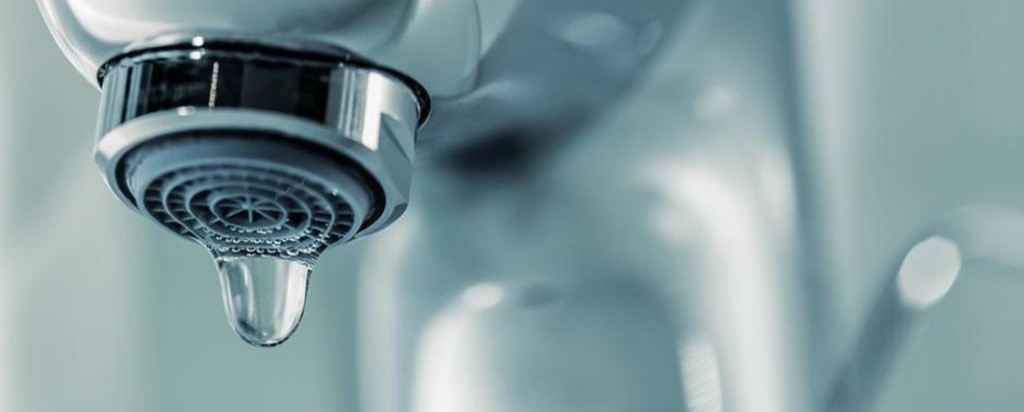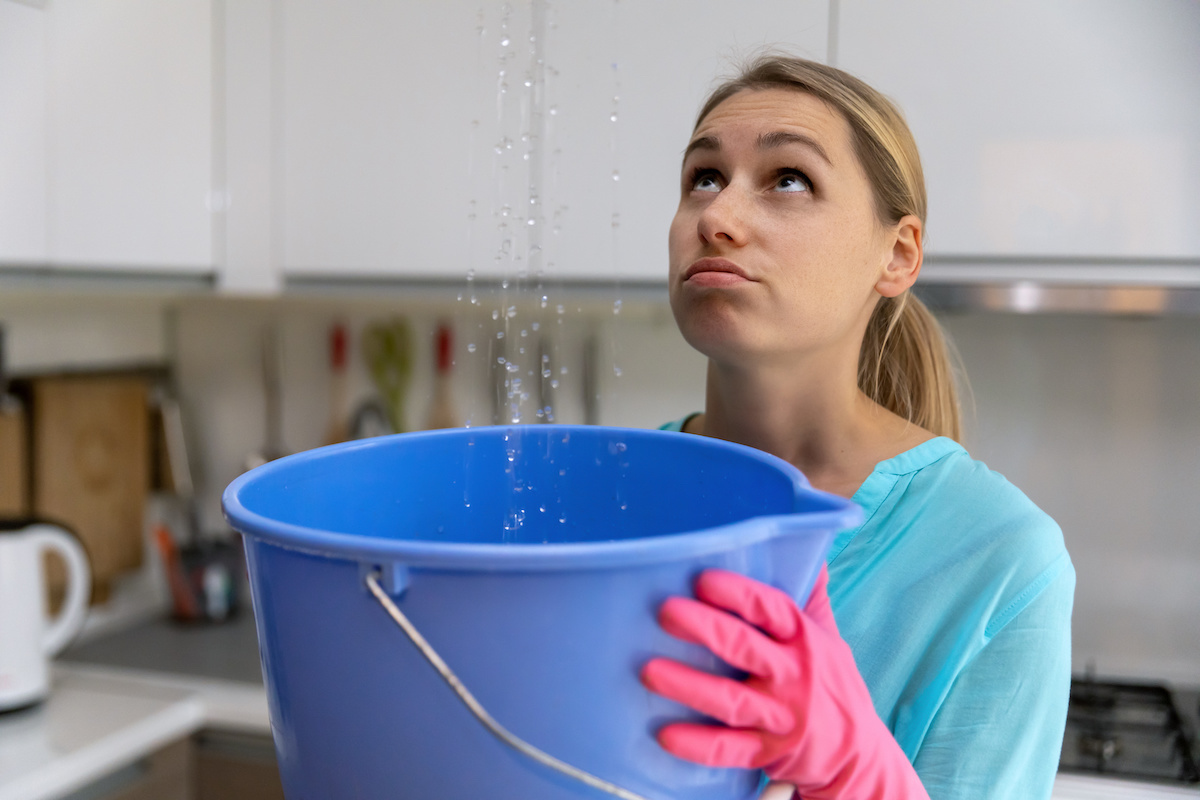Revealing Common Sources Behind Residential Water Leak Issues
Revealing Common Sources Behind Residential Water Leak Issues
Blog Article
The author is making several good pointers on the subject of How to Find Water Leaks in general in this content directly below.

Leaks not just cause waste of water however can also cause unnecessary damage to your home as well as advertise undesirable organic growth. By recognizing and looking for day-to-day scenarios that trigger leakages, you can secure your residence from future leaks as well as unneeded damage.
Instant temperature modifications.
Severe temperature adjustments in our pipes can cause them to increase as well as get suddenly. This development as well as tightening may create fractures in the pipelines, particularly if the temperature level are below cold.
Corroded water systems
This could be the cause of staining or warping on your water pipes. If our plumbing system is old, consider changing the pipelines given that they are at a greater risk of deterioration than the more recent models.
Defective Pipeline Joints
Pipeline joints can weaken over time, resulting in water leakages. If you have noisy pipes that make ticking or banging noises, specifically when the warm water is turned on, your pipeline joints are probably under a great deal of pressure.
Trespassing roots
Most water leakages start outside the residence instead than inside it. You may notice wet spots or sinkholes in your backyard, and that might mean that tree origins are attacking water lines triggering water to seep out.
Poor Water Connectors
At times, a leak can be caused by loose hose pipes and pipes that supply your appliances. In instance of a water links leak, you may see water running straight from the supply line or puddles around your appliances.
Obstructed Drains
Blocked drains may be annoying and also inconveniencing, but they can occasionally wind up causing an overflow causing rupture pipes. Maintain removing any materials that may go down your drains pipes that could clog them to stay clear of such troubles.
All the above are causes of leakages yet not all water leakages arise from plumbing leakages; some leakages may originate from roof leaks. All leaks ought to be repaired immediately to stay clear of water damages.
Leakages not only cause waste of water however can additionally create unneeded damage to your home as well as advertise undesirable organic growth. By understanding and looking for daily scenarios that create leaks, you can safeguard your house from future leaks and also unneeded damage. Today, we will look at 6 leak causes that might be creating your pipes to drip.
At times, a leakage can be triggered by loosened tubes and also pipes that provide your home appliances. In case of a water links leak, you might notice water running straight from the supply line or puddles around your home appliances.
How To Check For Water Leak In Your Home
How To Check for Leaks
The average household's leaks can account for nearly 10,000 gallons of water wasted every year and ten percent of homes have leaks that waste 90 gallons or more per day. Common types of leaks found in the home are worn toilet flappers, dripping faucets, and other leaking valves. These types of leaks are often easy to fix, requiring only a few tools and hardware that can pay for themselves in water savings. Fixing easily corrected household water leaks can save homeowners about 10 percent on their water bills.
To check for leaks in your home, you first need to determine whether you're wasting water and then identify the source of the leak. Here are some tips for finding leaks:
Take a look at your water usage during a colder month, such as January or February. If a family of four exceeds 12,000 gallons per month, there are serious leaks.
Check your water meter before and after a two-hour period when no water is being used. If the meter changes at all, you probably have a leak.
Identify toilet leaks by placing a drop of food coloring in the toilet tank. If any color shows up in the bowl after 10 minutes, you have a leak. (Be sure to flush immediately after the experiment to avoid staining the tank.)
Examine faucet gaskets and pipe fittings for any water on the outside of the pipe to check for surface leaks.
Undetected water leaks can happen without the home or business owner even realizing. If you suspect a water leak, but not able to find the source. It is time to contact a professional water leak detection service, The Leak Doctor.
How To Find a Water Leak In Your Home
https://www.leakdoctor.com/blog/How-To-Check-For-Water-Leak-In-Your-Home_AE197.html

We hope you enjoyed our article about How to detect water leaks in your home. Thanks a ton for taking the time to read our blog post. Enjoyed our content? Please share it. Help other people find it. Thank-you for taking the time to read it.
Act fast, Call us! Report this page